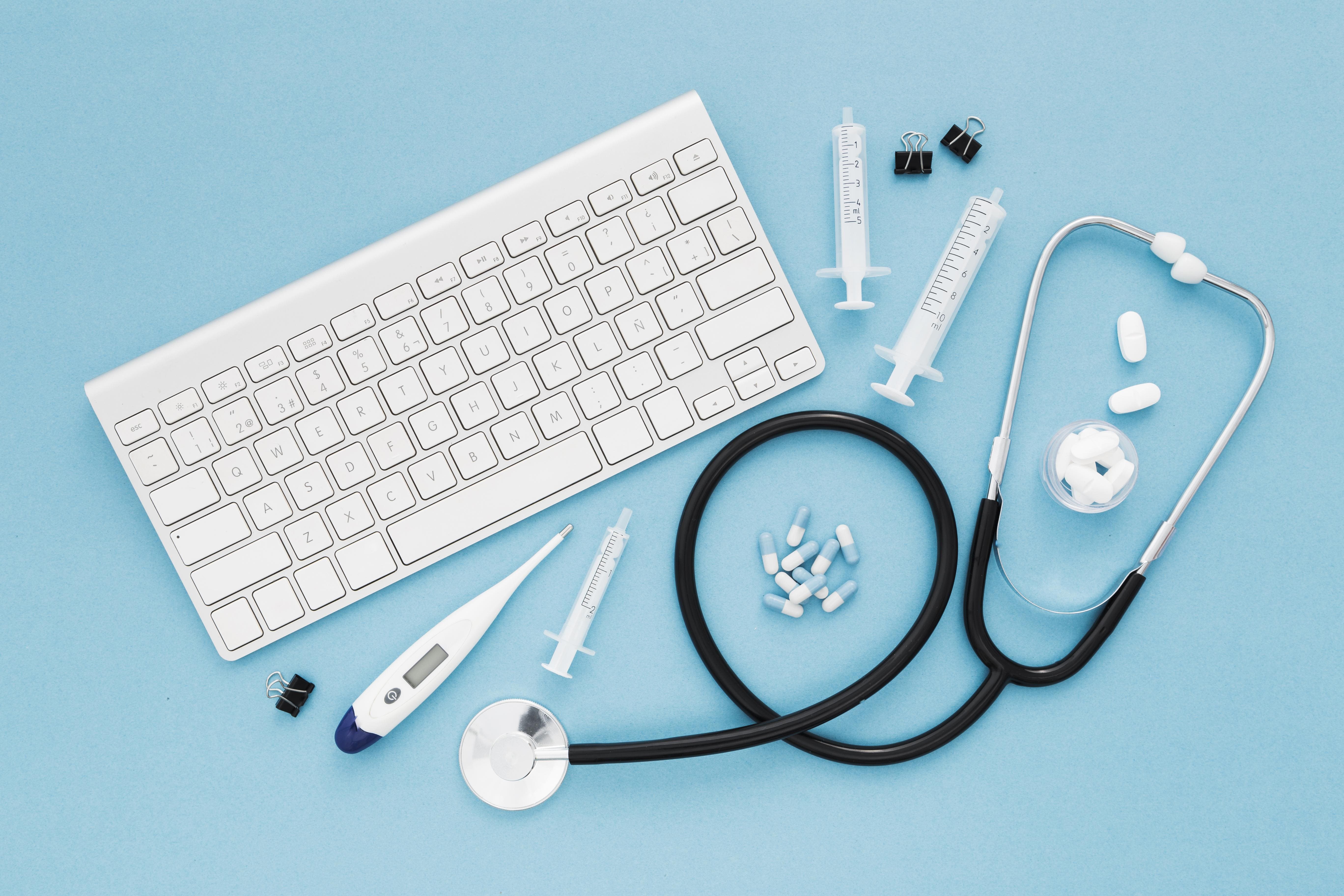
Table Of Content
医療機器に含まれる有害物質に対処します。 2021 年 5 月 26 日に正式に実装されました。
ゴール:
医療機器規制 (EU) 2017/745 (「MDR」) では, 発がん性, 変異原性, または生殖毒性 (CMR) および/または内分泌かく乱物質の規制に関する注目すべき規定が導入されています。 MDR によれば, 医療機器には, 構成成分の 0.1 重量% (w/w) を超える濃度で CMR および/または内分泌かく乱物質を含めてはなりません。ナノマテリアルが無傷の皮膚にのみ接触する場合を除き, ナノマテリアルについては特別な考慮を払う必要があります。
対象となる製品:
以下の基準に該当するデバイス, またはそのコンポーネントまたはデバイス内で使用される材料。
- それらは侵襲性があり, 人体に直接接触します。
- 彼らは, 医薬品, 体液, またはガスを含むその他の物質を身体に(再)投与します。
- 彼らは, 身体への(再)投与を目的として, そのような医薬品, 体液, またはガスを含む物質を輸送または保管します。
デバイスは, デバイスから放出される可能性のある摩耗粉, 劣化生成物, 処理残留物などの物質や粒子に関連するリスクを最小限に抑える方法で設計および製造されなければなりません。
さらに, 医療機器には, 製品の重量比 0.1% (w/w) を超える濃度の以下の物質が含まれていてはなりません。
- CLP 規則 (EC) No 1272/2008 の付属書 VI のパート 3 に定義されている, カテゴリー 1A または 1B に分類される発がん性, 変異原性, または生殖毒性 (CMR) 物質。
- REACH 規則 (EC) No 1907/2006 の第 59 条および殺生物性製品規則 (EU) No 528/2012 の第 5 条(3) に従って内分泌かく乱物質として特定されている物質。
現在のリストは 1000 を超える物質で構成されており, 新しい追加や改訂を含めて 6 か月ごとに更新されます。
0.1% w/w 閾値を超えた場合の製造業者の責任
製造元は次の措置を実行する必要があります。
- 利益とリスクの評価を実施し, 技術ファイルに正当な理由を記載します。
- デバイス自体および/または各ユニットのパッケージにこれらの物質の存在を明確に表示してください。あるいは, 該当する場合は, ラベルをそのような物質のリストとともに販売パッケージに貼付する必要があります。
- これらの物質に対して特に脆弱であると考えられる患者グループ向けに特別に調整された使用説明書を含めてください。
- 医療機器に関する関連情報が含まれる UDI (Unique Device Identification) オンライン データベースのメンテナンスを確実に行ってください。
これらの義務を果たすことで, メーカーは規制要件を満たし, 医療機器の安全性と透明性を確保できます。
Ahmed Sakr
Product Compliance Consultant
ComplyMarket UG (Haftungsbeschraenkt)
Share with your community
Comments
Leave a comment or ask a question


